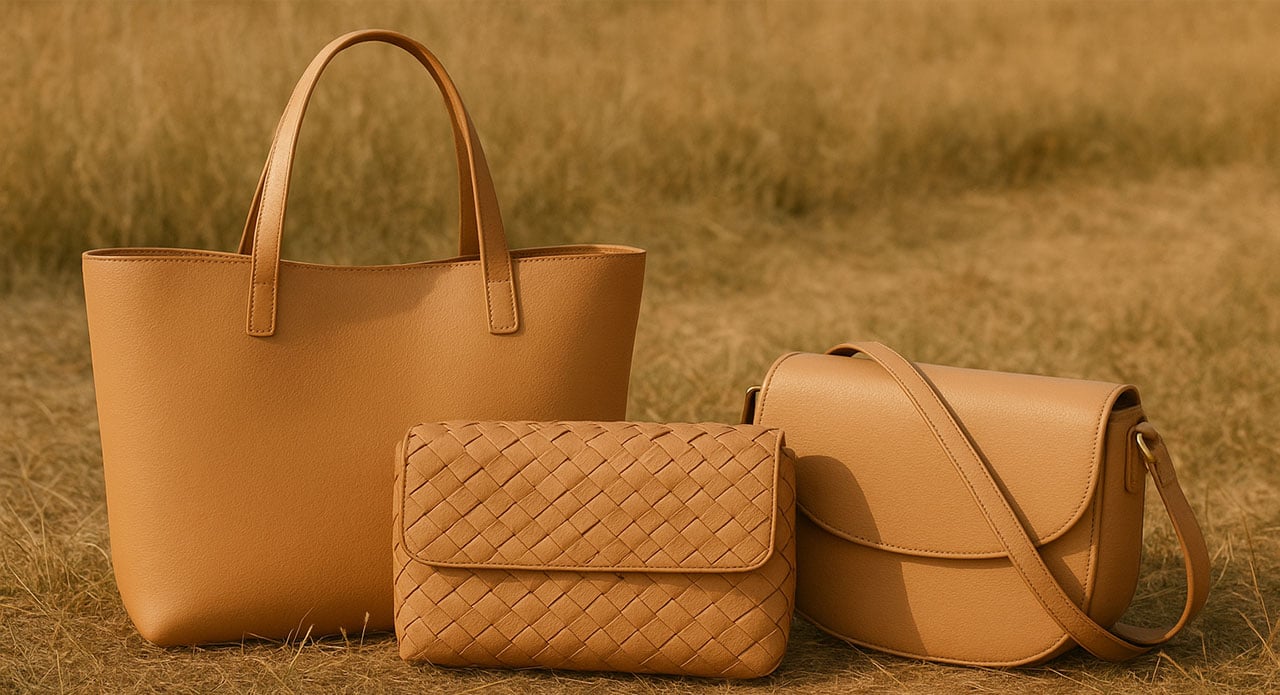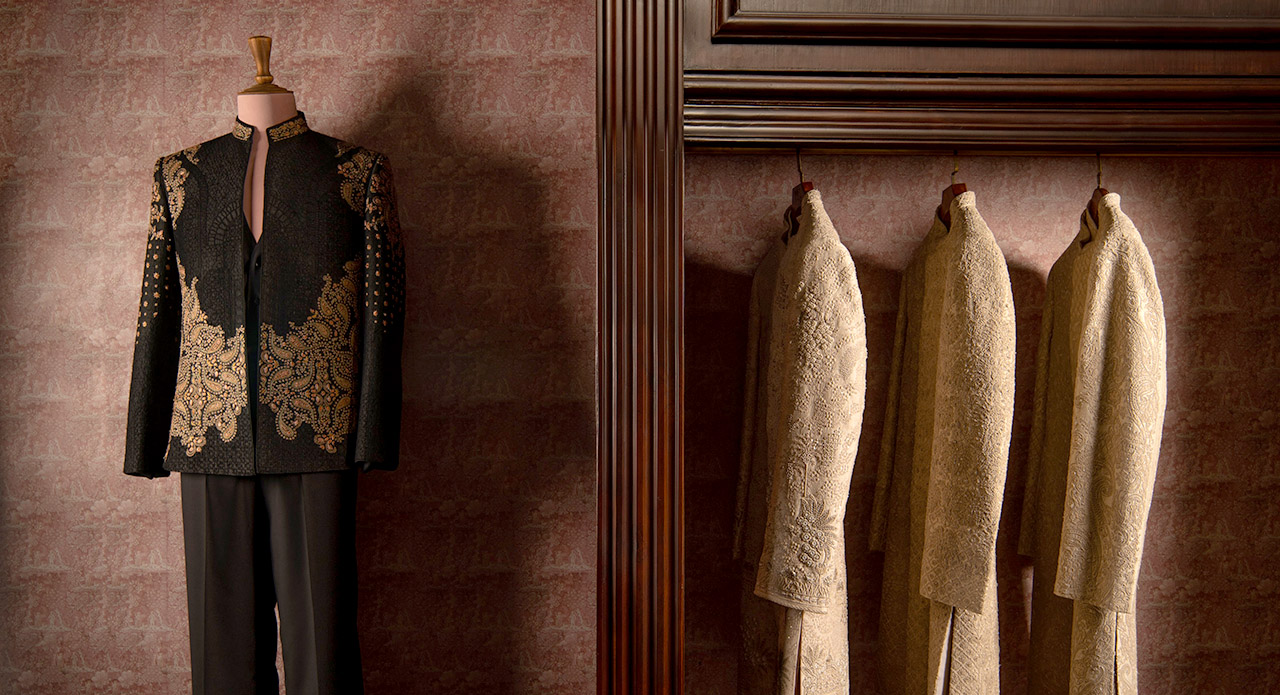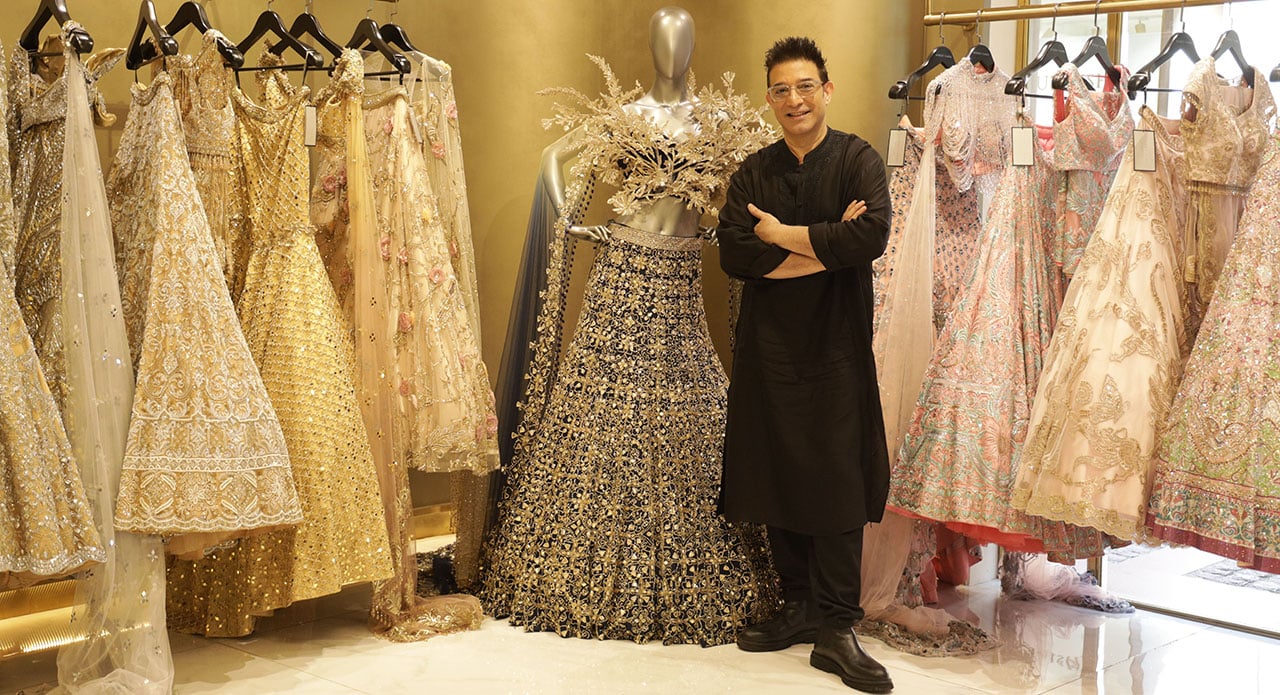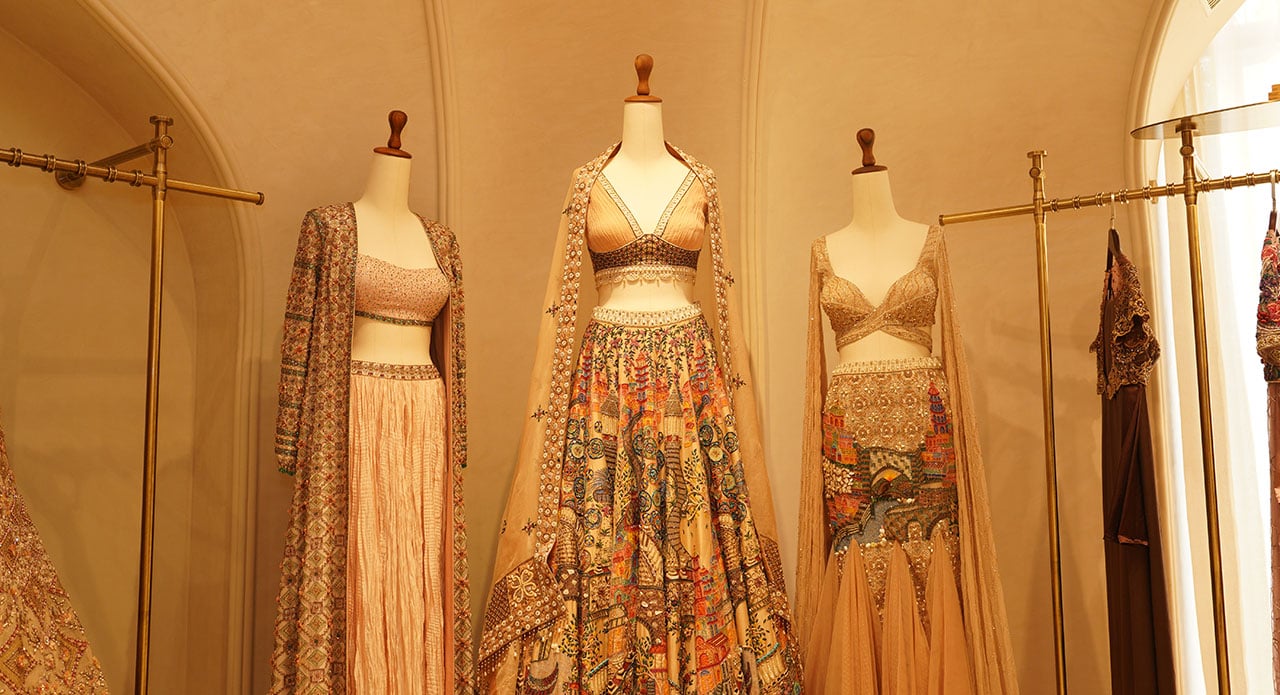Luxury is witnessing a quiet revolution. What once signified excess, exclusivity, and indulgence is now being redefined through purpose, progress, and responsibility. The modern couture landscape is no longer limited to silk, fur, and leather — it’s embracing the language of sustainability, where craftsmanship meets conscience. As the planet demands accountability, fashion’s finest houses are turning to sustainable innovation to create beauty without compromise.
At the heart of this transformation lies a new generation of vegan materials that blend science with artistry. These materials, from mycelium leather grown from fungi to textiles made of pineapple leaves, apples, cactus pads, and even regenerated wood, offers a luxurious texture while also leaving a gentler footprint on the earth. Their tactile richness, durability, and aesthetic versatility have caught the attention of forward-thinking designers, ushering in an era where ethics and elegance coexist effortlessly. Below, we explore five pioneering vegan materials shaping the future of conscious couture, each telling a story of reinvention.
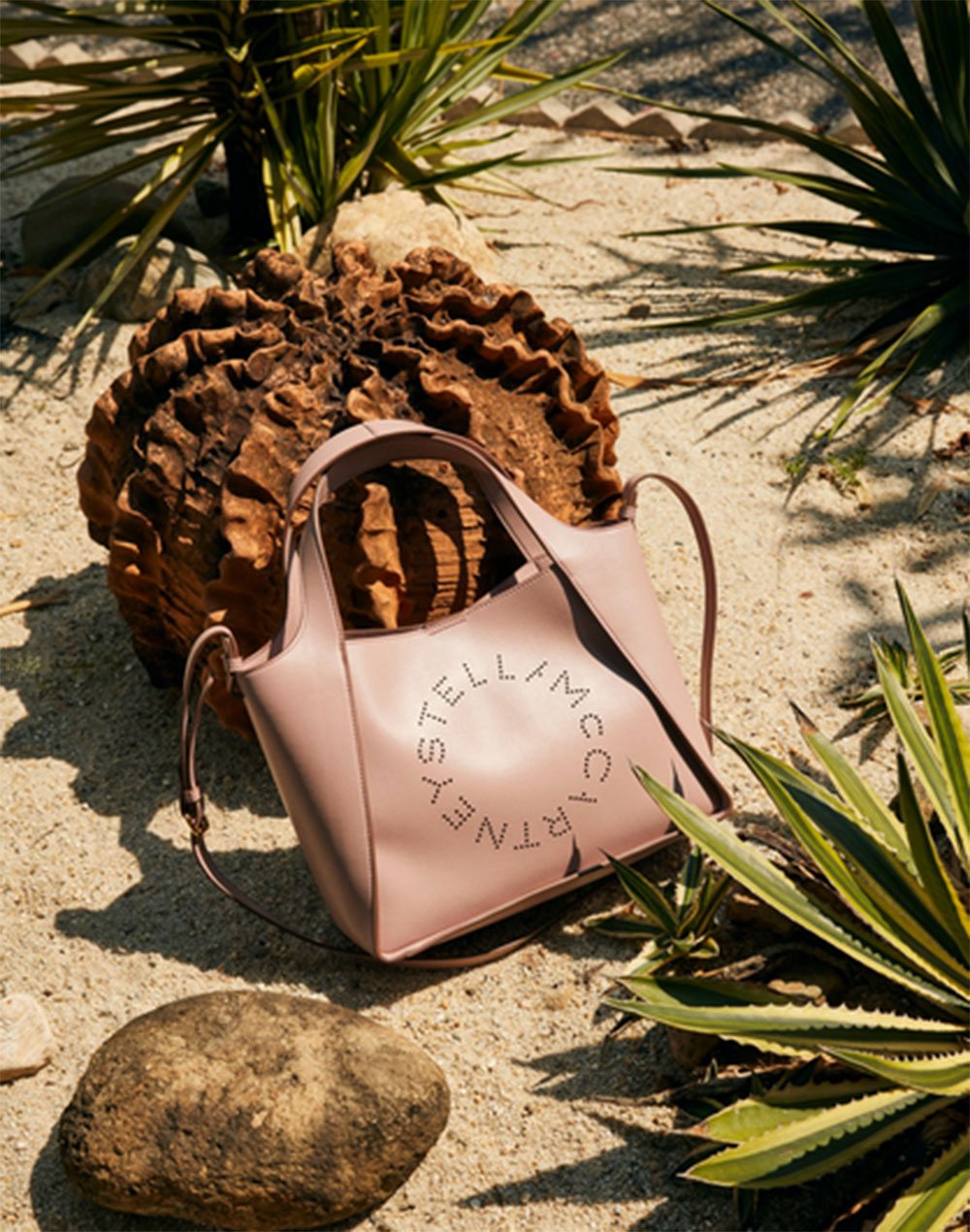
Mycelium/ Mushroom Leather
A next-generation, bio-based leather grown from fungal mycelium, mushroom leather offers a low-carbon, animal-free alternative. Cultivated in controlled fermentation environments, mycelium leather is tanned and finished with artisanal precision, consuming far less water and energy than traditional leather. The result: a supple, warm material with an organic matte finish that polishes beautifully. Luxury brands such as Stella McCartney, Hermès, Alice + Olivia, and Gucci have adopted this groundbreaking material, with pioneers like Bolt Threads (Mylo) and MycoWorks leading its development.
Piñatex (Pineapple-Leaf Textile)
Crafted from upcycled pineapple-leaf fibres — a by-product of agriculture — Piñatex exemplifies circular design. It transforms discarded leaves into a non-woven mesh before being finished into a leather-like material that supports rural farming communities and minimises new land use. With its subtly fibrous texture and matte-to-semi-gloss finish, Piñatex can be refined to smooth, handbag-grade surfaces. Brands such as Hugo Boss, Nike, Cat Footwear, and Calvin Klein have embraced it for everything from footwear and accessories to upholstery and home décor.
Cactus Leather (Desserto®)
Made from mature Nopal cactus pads, this Mexican innovation redefines plant-based luxury. The cactus is harvested sustainably using regenerative agriculture methods, then processed into a bio-composite that mimics leather’s durability while being biodegradable and water-efficient. Its velvety to smooth texture makes it ideal for structured handbags, footwear, and interiors. Labels like Frida Rome, Miomojo, CLAE Shoes, and Santos are among the adopters experimenting with this versatile vegan material.
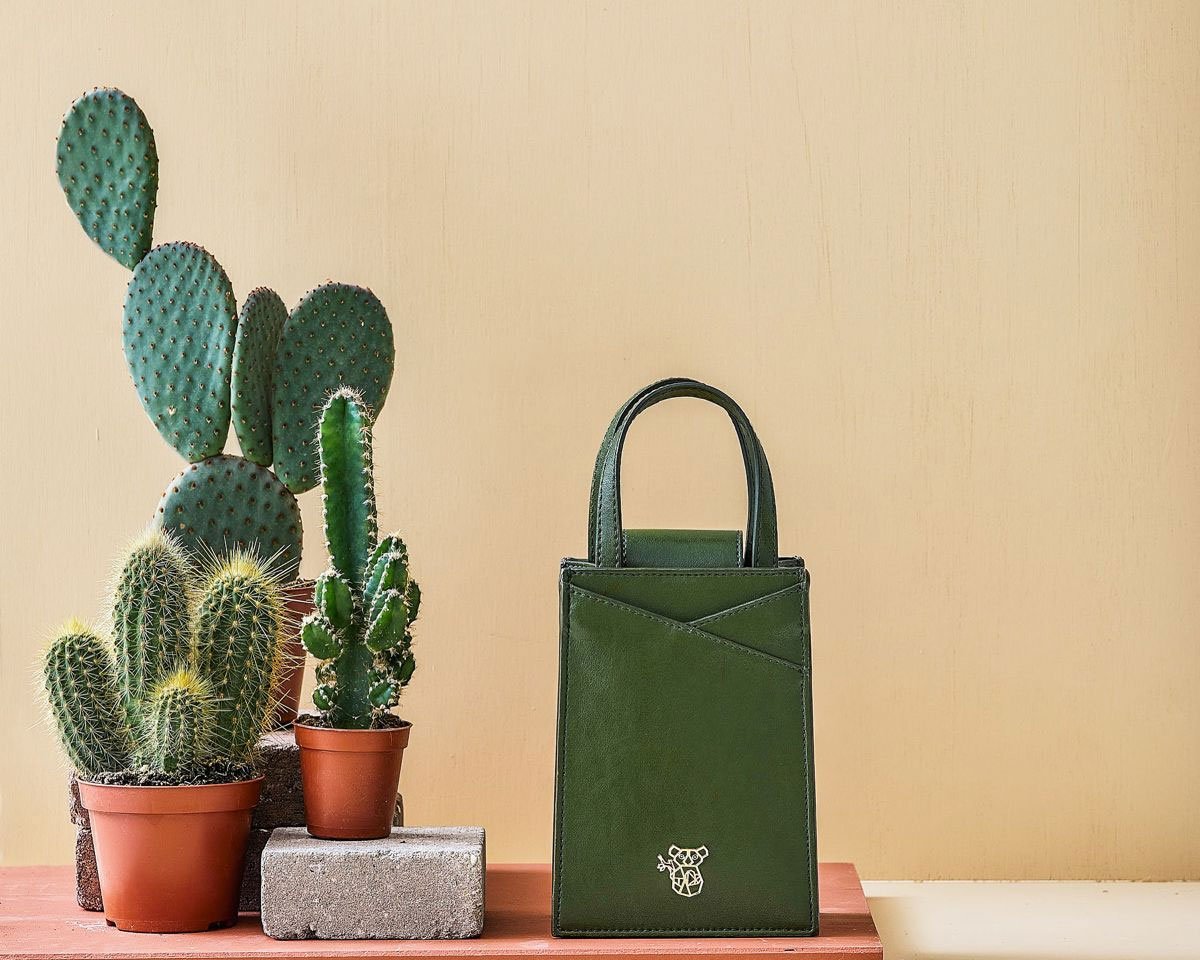
Apple Leather (AppleSkin / Frumat)
Born from Italy’s apple orchards, apple skin transforms leftover apple pomace into a soft, elegant leather alternative. Mixed with bio-polymers and coated onto textile backings, it offers a refined, slightly textured surface perfect for bags, wallets, and couture accessories. Its story of waste-to-wear luxury has drawn brands such as Savannah and Sarjaa, who celebrate craftsmanship rooted in circular design and natural innovation.
TENCEL™ Lyocell (Lenzing)
Derived from sustainably sourced wood pulp, TENCEL™ is a high-end fibre known for its silky drape and impeccable eco-credentials. Produced in a closed-loop process that recycles over 99% of its solvents, it embodies sustainable innovation in textile engineering. Its smooth, lustrous texture rivals silk, making it ideal for couture linings, evening gowns, and tailored separates. Stella McCartney, Anita Dongre, JJ Valaya, and major retailers like H&M, Zara, and Marks & Spencer have embraced TENCEL™ as the future-forward alternative to fast-fashion fabrics.
